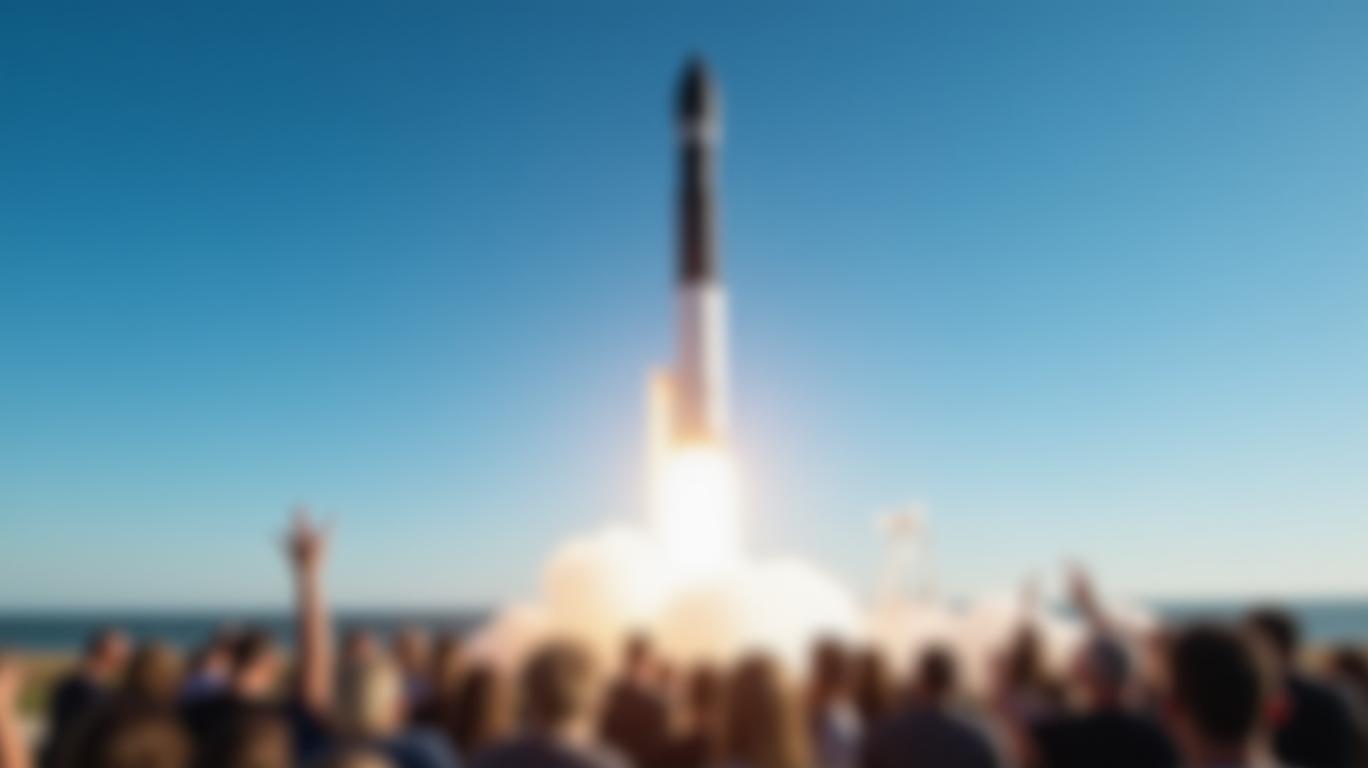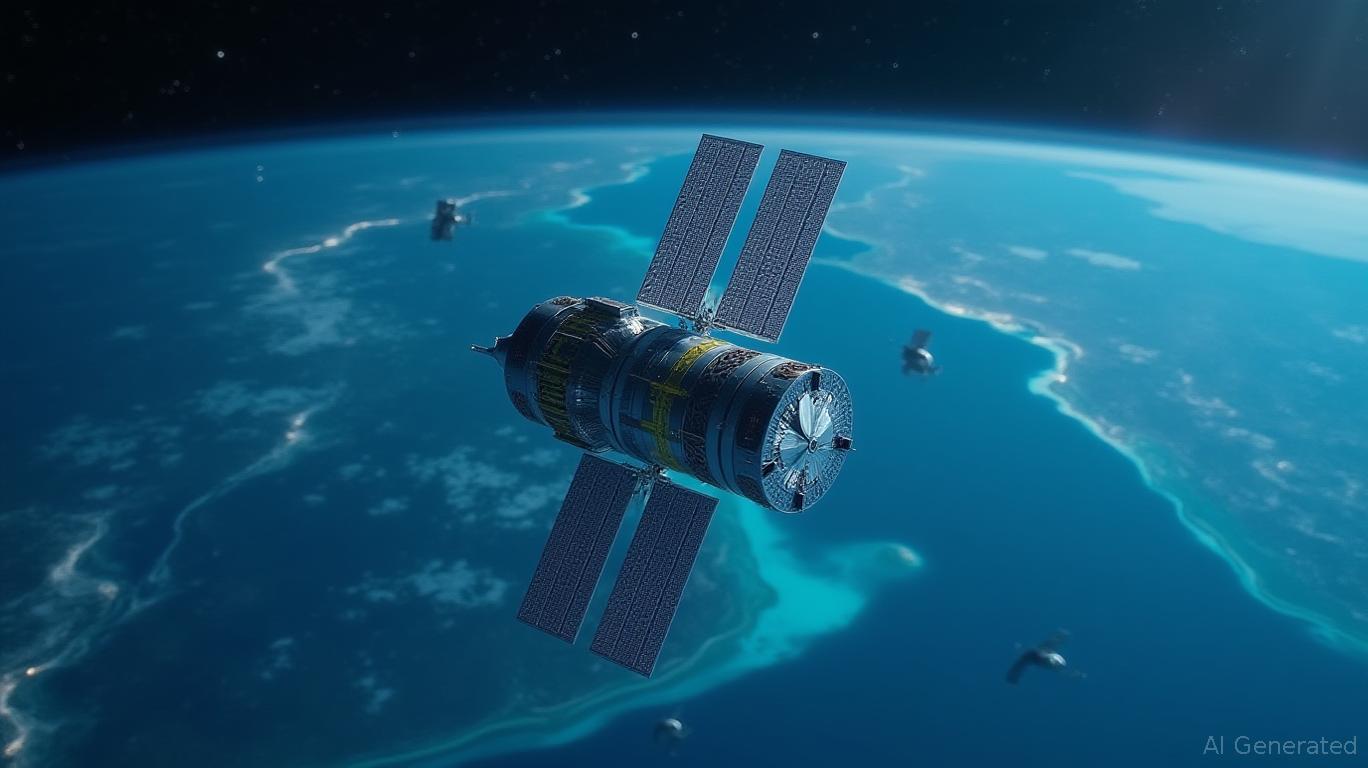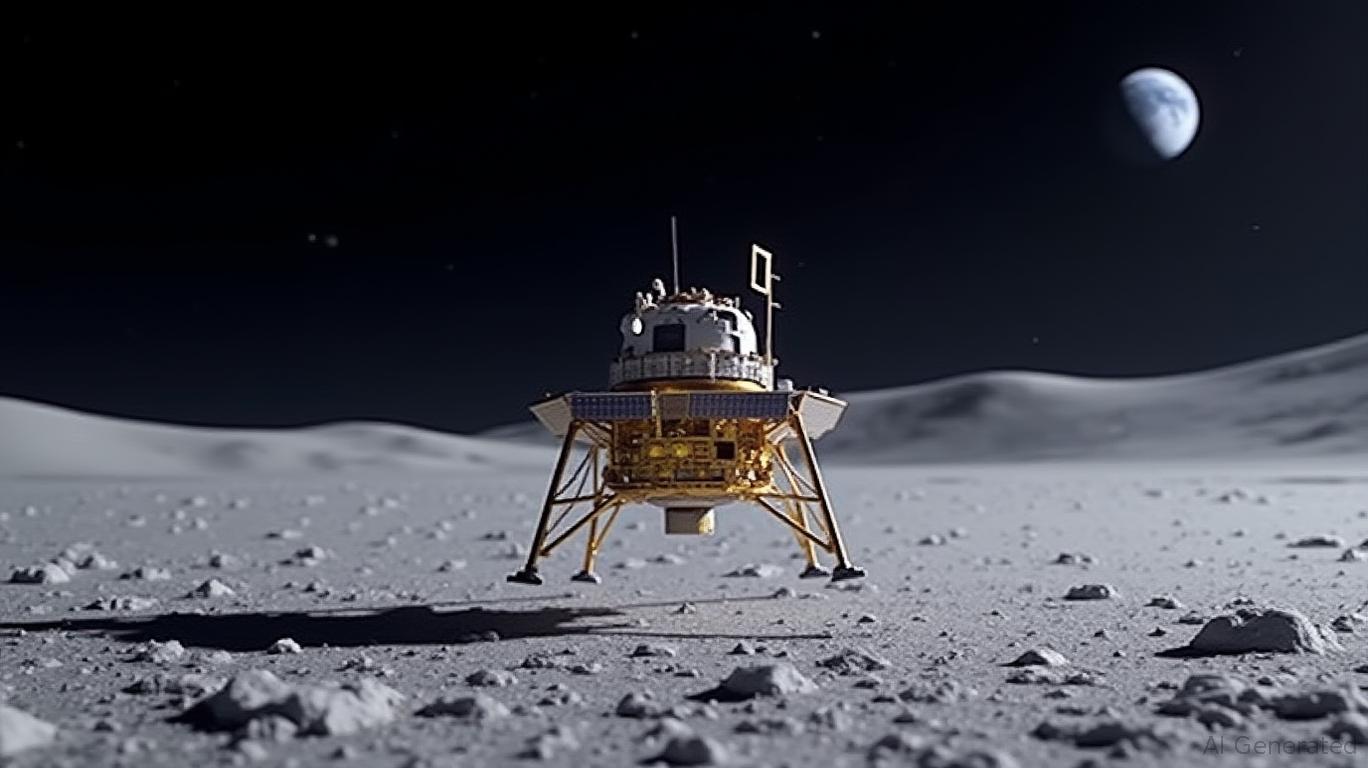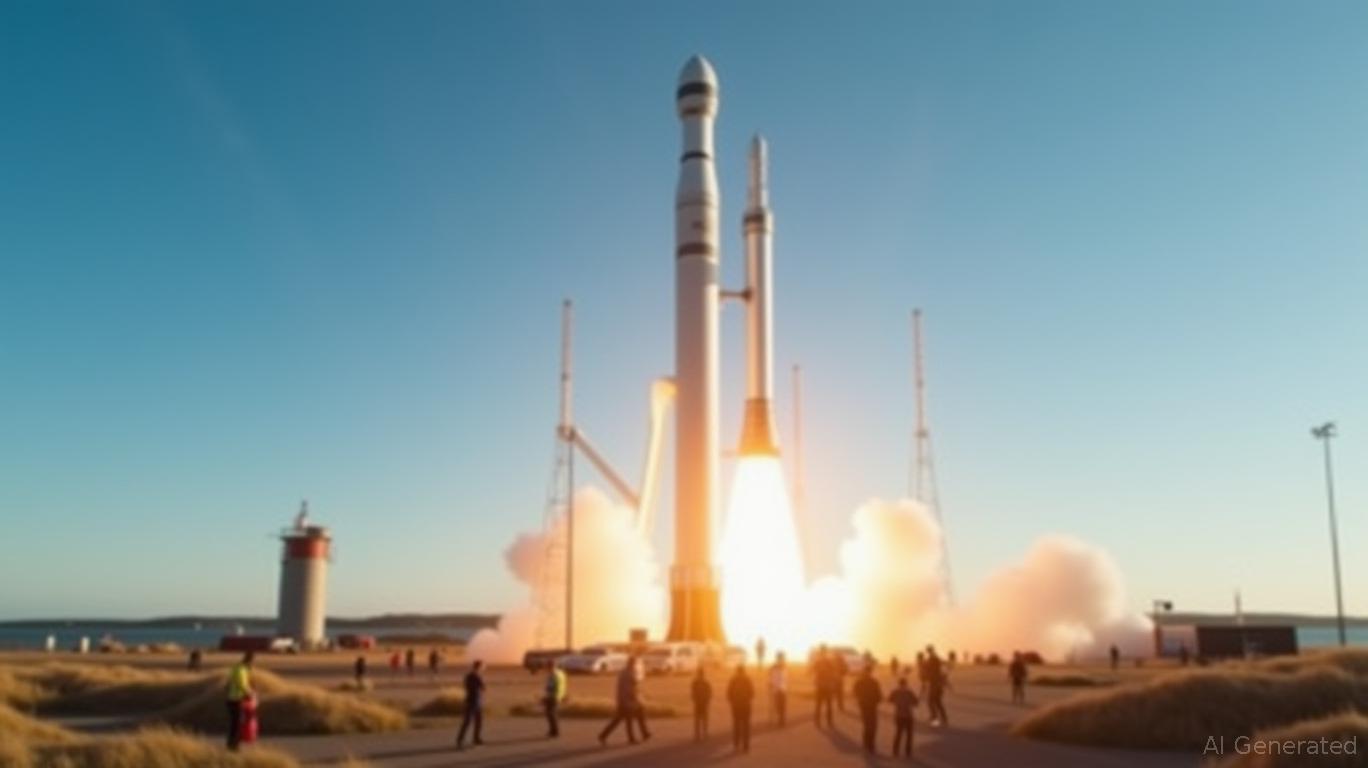Rocket Lab’s iQPS Missions: A Strategic Leap for Earth Observation and Space Commerce
The small satellite launch industry is undergoing a quiet revolution, driven by companies like Rocket Lab and their partnerships with emerging space ventures such as the Institute for Q-shu Pioneers of Space (iQPS). As Rocket Lab prepares to execute its second dedicated mission for iQPS in 2025—the May 17 launch of the QPS-SAR-10 satellite—the partnership underscores a broader shift toward high-resolution Earth observation and the commercialization of space-based data.

The Mission: A Building Block for a 36-Satellite Constellation
The “The Sea God Sees” mission, slated for May 17, will deploy the QPS-SAR-10 satellite (WADATSUMI-I) to a 575km orbit, joining the growing iQPS constellation. This satellite, like its predecessors, uses synthetic aperture radar (SAR) to capture high-resolution images of Earth—down to 46cm resolution—regardless of weather or daylight. The mission is part of an eight-launch contract (six in 2025, two in 2026) that, if fully executed, will see iQPS deploy its full 36-satellite network by 2026.
The contract represents Rocket Lab’s second-largest Electron launch deal to date, trailing only a 10-launch pact with Synspective, another Japanese SAR constellation operator. For iQPS, the partnership is critical: Rocket Lab’s dedicated launches allow precise orbital placement, avoiding the logistical headaches of rideshare missions.
iQPS’s Ambitious Playbook: Funding, Partnerships, and Market Dominance
iQPS has positioned itself as a high-resolution SAR specialist, leveraging its constellation to serve sectors from disaster management to infrastructure monitoring. The company’s strategy hinges on three pillars:
- Capital Strength: iQPS raised ¥9.2 billion in cumulative funding by 2023, secured a ¥5 billion syndicated loan in 2023, and listed on the Tokyo Stock Exchange in December 2023. These moves have fueled its satellite development and launch cadence.
- Technical Differentiation: Its satellites outperform competitors with ultra-high-resolution imaging (46cm) and Spotlight mode capabilities, enabling precise targeting of small areas.
- Strategic Alliances: Partnerships with entities like SKY Perfect JSAT and JAXA (Japan Aerospace Exploration Agency) amplify its data reach and credibility.
The company’s Tokyo listing has also unlocked access to global capital, with its valuation rising to over ¥100 billion post-listing—a testament to investor confidence in SAR’s growth potential.
Rocket Lab: The Reliability Play in a Volatile Market
Rocket Lab’s Electron rocket has emerged as the workhorse for small-satellite constellations, boasting over 200 launches since 2018. Its Motorized Lightband separation system ensures satellites like QPS-SAR-10 are placed with millimeter precision—a requirement for SAR missions.
Rocket Lab CEO Sir Peter Beck has emphasized that the iQPS contract reflects a broader industry trend: constellation operators are prioritizing dedicated launches to avoid delays and optimize orbits. This demand is fueling Rocket Lab’s record launch cadence, with 225 satellites expected to reach orbit in 2025 alone.
Market Implications: The SAR Boom and Its Competitors
The SAR satellite market is projected to grow from $1.2 billion in 2023 to $4.7 billion by 2030, driven by applications in climate monitoring, maritime surveillance, and smart agriculture. iQPS and competitors like Synspective (Rocket Lab’s major partner) are vying for this pie, but iQPS’s ultra-high-resolution edge could carve out a niche.
Yet challenges loom. Launch failures—like the 2022 Epsilon rocket mishap that lost two iQPS satellites—highlight the risks of over-reliance on single providers. iQPS’s dual strategy of using both Rocket Lab and SpaceX mitigates this, but regulatory hurdles and data privacy concerns remain.
Conclusion: A Pivotal Moment for Both Companies
Rocket Lab’s iQPS missions are a strategic masterstroke for both firms. For Rocket Lab, the eight-launch contract reinforces its position as the go-to provider for Japanese constellation builders. For iQPS, the launches are a stepping stone toward a 36-satellite network capable of delivering near-real-time Earth data—a service in growing demand as climate risks escalate and industries seek precision insights.
With ¥100 billion in valuation post-listing and a ¥4.1 billion government grant for R&D, iQPS is well-funded to dominate its niche. Rocket Lab, meanwhile, benefits from a secular tailwind: the need for small, reliable launches to build constellations.
Investors should watch two metrics:
- Rocket Lab’s launch cadence: A successful execution of its 2025 iQPS missions (six launches) could push RKLB’s stock higher, especially if competitors like Astra (ASTR) falter.
- iQPS’s data sales: The company’s ability to monetize SAR imaging (e.g., selling to insurers or governments) will determine its path to profitability.
In a sector where reliability and resolution matter most, the Rocket Lab-iQPS partnership is poised to set new benchmarks—and investors should take note.









